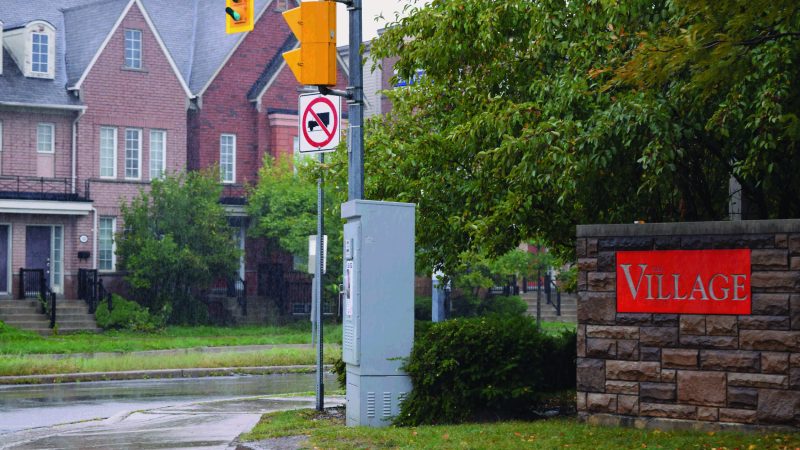Matt Render | Contributor
Featured Image: TPS were unable to find any possible suspects who may have been involved in the stabbing at York University Heights. | Fatema Ali/Excalibur Publications
On September 22, a man was stabbed in the York University Heights area.
Paramedics responded to a call at approximately 5:30 a.m. on Sunday at Keele Street and St Regis Crescent. They arrived on scene to find a man in his early 20’s lying on the sidewalk with serious injuries.
The man has not been identified. Upon further investigation, first responders reported that the man had been stabbed in the buttocks. The victim was too intoxicated to release any valuable information to the TPS as they continue their search for possible suspects. The injuries he suffered were not life threatening.
However, this incident could pose a threat to student safety.
In a report by the CBC, York University Heights—an area bounded by Sheppard Avenue to Steeles Avenue, from Dufferin Avenue to Black Creek—has been ranked as the 19th most dangerous out of 140 areas in Toronto in 2011. According to a report by The Star, York saw a massive string of sexual assaults in 2012, followed by a shooting in 2014.
For additional context, the data shows that for York University Heights, the reported rate is 17.7 per 10,000 residents. In comparison, the downtown neighbourhood that encompasses the University of Toronto was the second most dangerous out of 140 neighbourhoods at 27.1 incidents per 10,000 people. Additionally, the Yonge-Church area, where Ryerson University is located, was 11th with 21.2 occurrences per 10,000 people.
Despite the constant attention brought towards the crime issue by the media, as well as the student body at large, statistics from York Security report indicate a steady rise in crime reports over the last five years.
From the 2017/2018 fiscal year to the 2018/2019 year, there has been a 29 per cent increase of incidents that required law enforcement attention. These incidents include various types of assault, property crimes, and incidents affecting quality of life, as stated on the security incident report.
Students also expressed their concerns about safety near campus. “I don’t always feel safe on campus. I rarely see campus security at nighttime and when I went to report someone bothering and harassing me to security, I didn’t feel like I was really being heard. It felt like they were more so humouring me than actually listening to my concerns,” says second-year journalism student Angel Colosimo.
“During the day I feel safe. However, I don’t feel safe when walking on campus at night. Having more lighted areas and security patrolling the campus grounds at night could help. Also, educating the student populace to practice safe on-campus measures, and enforcing penalties for committing crimes should help in general,” says fifth-year psychology student Vincent Francesco Rizzo.
First-year master’s student in humanities, Christopher Robin Lai, says that although the yellow alert pillars and GO Safe are good resources, the increase of incidences on campus must be addressed.
“Programs that make an effort towards a ubiquitous culture of safety and respect will also be key. Ultimately, individuals are responsible for their own actions, but fostering a culture of respect around a campus I believe can significantly mitigate disrespectful and abusive conduct,” says Lai.
For now, the TPS are investigating into the recent stabbing. They encourage any witnesses who may have any information about the attack to come forward.


